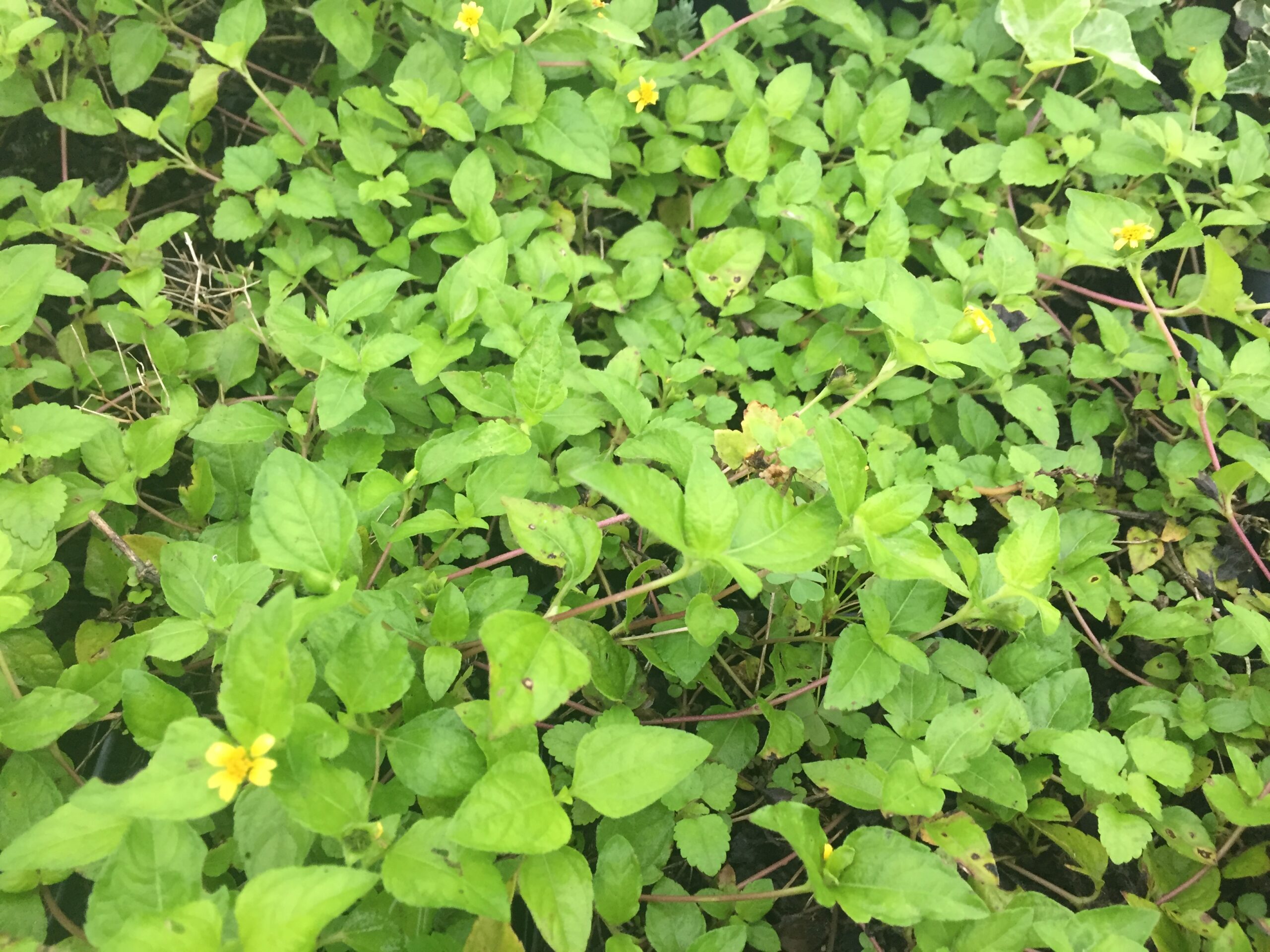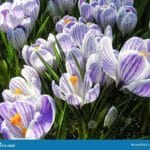Horseherb (Calyptocarpus vialis), also known as straggler daisy, is a low-growing, spreading plant that thrives in the Texas heat. It’s a popular choice for groundcover due to its resilience and low-maintenance nature. This comprehensive guide will delve into every aspect of horseherb, from identification and care to its ecological impact and potential uses.
Identifying Horseherb
Horseherb is easily recognizable by its small, clover-like leaves and cheerful yellow daisy-like flowers. These blooms appear from spring through fall, and even year-round in frost-free zones. The plant typically grows no taller than 6-12 inches, forming a dense mat that hugs the ground.
Habitat and Range
Native to the eastern and central United States, eastern Mexico, and south to south-central Texas, horseherb flourishes in USDA hardiness zones 7-11. It isn’t picky about soil, tolerating everything from sandy soils to clay and caliche. It also boasts an impressive tolerance for varying light conditions, thriving in full sun, partial shade, or even full shade.
Growing and Caring for Horseherb
This low-maintenance groundcover is a gardener’s dream. It prefers well-drained soil but tolerates various types.
Propagation
Horseherb spreads effortlessly via runners and cuttings, and can also be started from nursery plugs. While it produces seeds, they are difficult to collect and rarely available commercially. Root division is another effective propagation method.
Watering
Moderate watering is sufficient for horseherb. Its drought tolerance is remarkable, making it a water-wise choice for Texas landscapes. It might go dormant during extended droughts but typically rebounds with rainfall.
Maintenance
Mowing every 4-8 weeks helps maintain a tidy appearance. Occasional edging or hand-pulling might be needed to control its spread. However, be cautious when disposing of clippings, as scattered pieces can root and establish new plants. Bagging clippings is recommended.
Uses of Horseherb
Horseherb’s utility extends beyond its ornamental value.
Groundcover
It excels as a groundcover, suppressing weeds and preventing erosion. Its ability to withstand moderate foot traffic makes it a practical choice for lawns, especially in shaded areas where traditional turfgrass struggles.
Forage
While some sources suggest it serves as forage for livestock and deer, research on this aspect is limited. Further investigation is needed to determine the nutritional value and safety of horseherb as animal feed.
Medicinal Properties
Currently, there are no scientifically validated medicinal uses for horseherb. It’s important to differentiate it from horsetail (Equisetum arvense), which has a history of use in traditional medicine. While horsetail has been used for various purposes, it should be used with caution, and consulting a healthcare professional is advised before using it medicinally. Additionally, young horseweed (Erigeron canadensis) leaves are historically edible, unlike horseherb, adding to the need for clear identification.
Ecological Impact
Horseherb plays a role in the ecosystem, attracting pollinators like bees, butterflies, and skippers. It notably serves as a host plant for the Bordered Patch butterfly. Its impact on native plant communities requires further study. Some research suggests it might outcompete certain native species.
Horseherb vs. Turfgrass
| Feature | Horseherb | Traditional Turfgrass |
|---|---|---|
| Mowing | Every 4-8 weeks | Weekly |
| Watering | Low to moderate, drought-tolerant | High |
| Fertilizer | Low | High |
| Pesticides | Rarely needed | Often required |
| Shade Tolerance | High | Low |
| Drought Tolerance | High | Low |
| Attracts Pollinators | Bees, butterflies, skippers | Limited pollinator attraction |
Horseherb: Perennial Powerhouse
Horseherb is a reseeding perennial, meaning it returns year after year and also spreads by reseeding itself. This characteristic contributes to its vigorous growth and ability to form dense mats. While its perennial nature ensures long-lasting ground cover, its reseeding habit may require management to prevent unwanted spread. Regular deadheading can help control reseeding if desired.
Is Horseherb Edible?
Horseherb is not considered edible for humans. While not inherently toxic, it offers no nutritional benefits. Some individuals might experience mild skin irritation upon contact, which can be alleviated by washing with soap and water. If any unusual reactions occur after contact, it’s always best to contact Poison Control. Confusing horseherb with horsetail, which has some historical medicinal uses (though caution is advised), is a common mistake. This underscores the importance of proper plant identification.
Is Horseherb Invasive?
Horseherb’s vigorous growth can make it seem invasive, especially in smaller gardens. While it provides valuable ecological benefits, its rapid spread through runners and self-seeding might require active management to prevent it from overtaking desired plants. Hand-pulling before flowering, frequent mowing, and proper disposal of clippings are effective control strategies. Although native to certain regions like Texas, its aggressive spreading habit necessitates careful consideration for its placement in the landscape. Neil Sperry, a prominent Texas horticulturist, suggests that in his experience, horseherb’s invasiveness can be more challenging to manage than other plants often labeled invasive.
Conclusion
Horseherb is a versatile and resilient plant offering a sustainable, low-maintenance groundcover solution. Its adaptability and ecological benefits make it a valuable addition to many landscapes. However, its vigorous growth habit requires mindful management. By understanding its characteristics and employing appropriate control strategies, gardeners can harness the benefits of horseherb while preventing its potential drawbacks.
- Discover Long Black Pepper: Flavor & Health Benefits - April 25, 2025
- Shocking Twists: The Grownup Review: Unreliable Narration - April 25, 2025
- A Quiet Place Book vs Movie: A Deep Dive - April 25, 2025
















